
Tips for a Distraction-Free Home
Did you know ADHD stands for Attention Deficit Hyperactivity Disorder? With the rising rates of anxiety and shorter attention spans, creating a functional space that minimizes distractions can be a game-changer.
The mantra “change begins at home” applies well here. Let’s explore some practical tips to design an ADHD-friendly home environment.
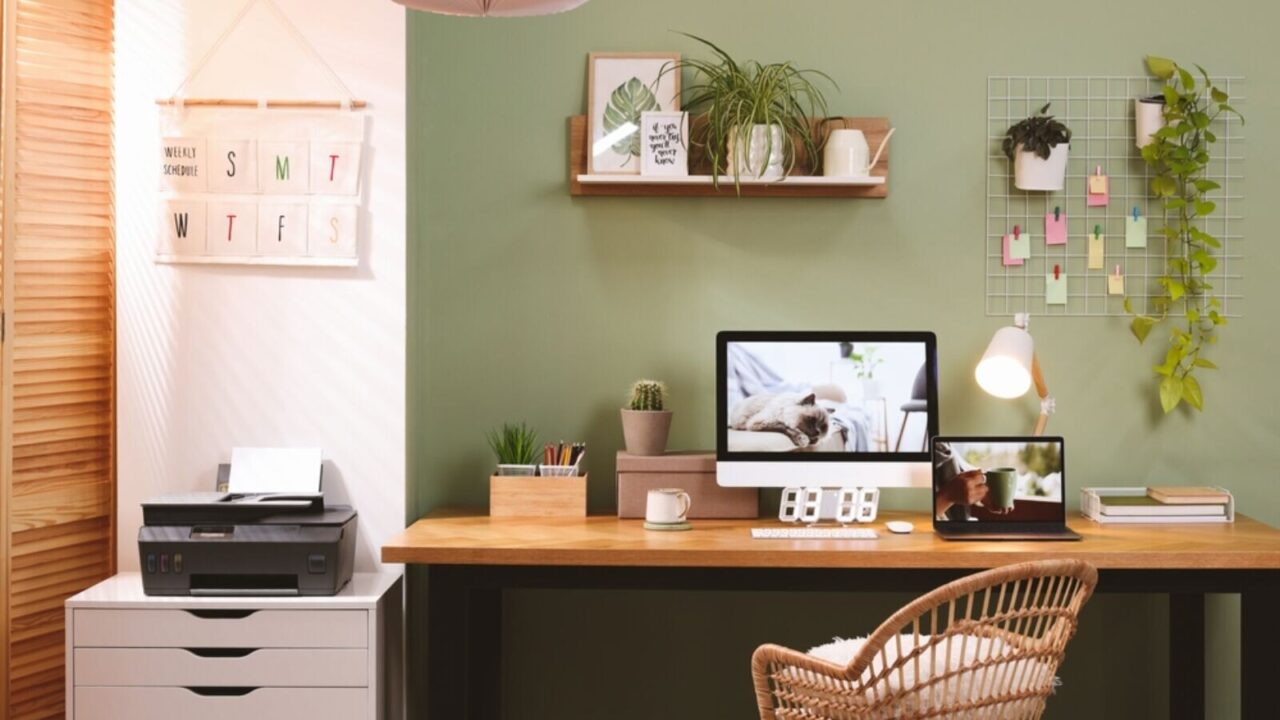
Zones for Items
Organization is key to managing ADHD, and it starts with creating zones for essential items. Identify frequently used things like books, work supplies, and daily necessities.
Assign a dedicated spot for everything—keys can go in a designated bowl, office supplies in a drawer, and crafts in a labeled cabinet. This structure helps minimize frustration when locating items.
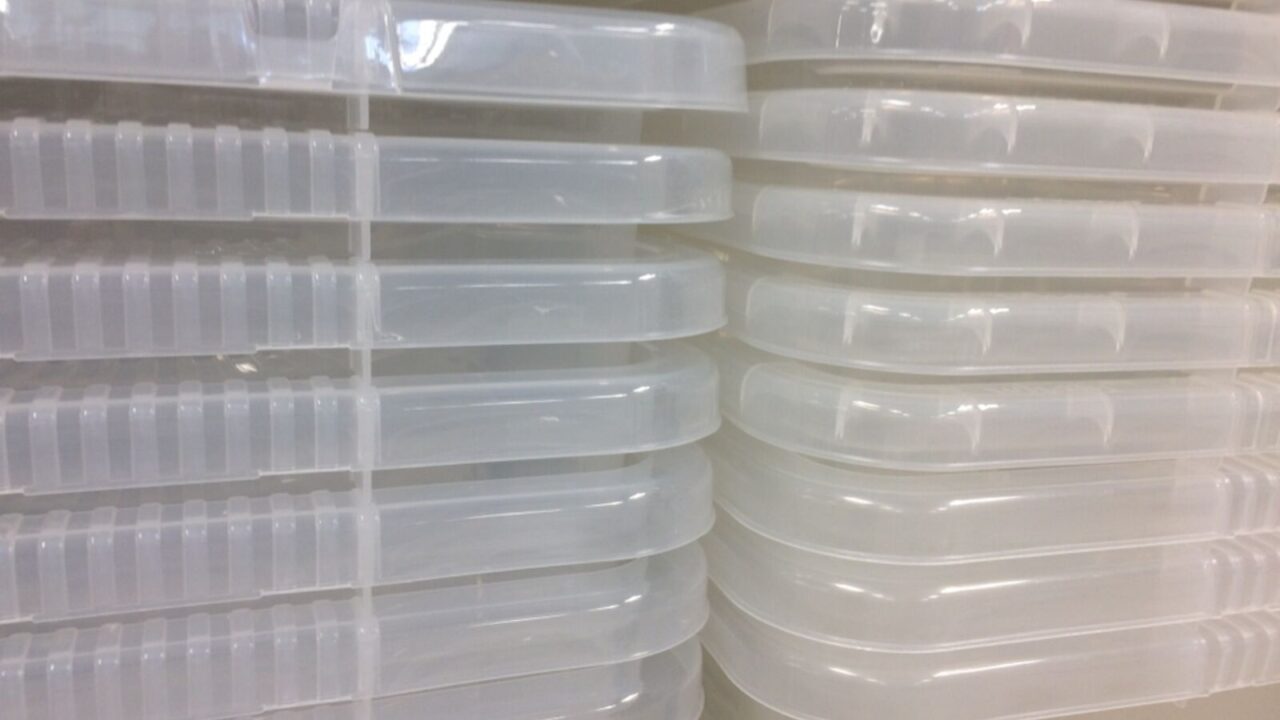
Clutter-Free Space
Clutter is a major distraction, especially for someone with ADHD. A messy space can make it difficult to focus, as the brain processes everything in its surroundings.
Keep your space clean and clutter-free by organizing items in storage boxes and on shelves. A streamlined environment supports better concentration and reduces wasted time.

Labelling Everything
Labels provide clarity and structure, which is helpful for individuals with ADHD. Label kitchen jars, office drawers, and storage bins to streamline the organization.
Knowing exactly where things belong reduces decision fatigue and encourages consistent habits. This system ensures that everything is easy to find, fostering a calm, organized routine.
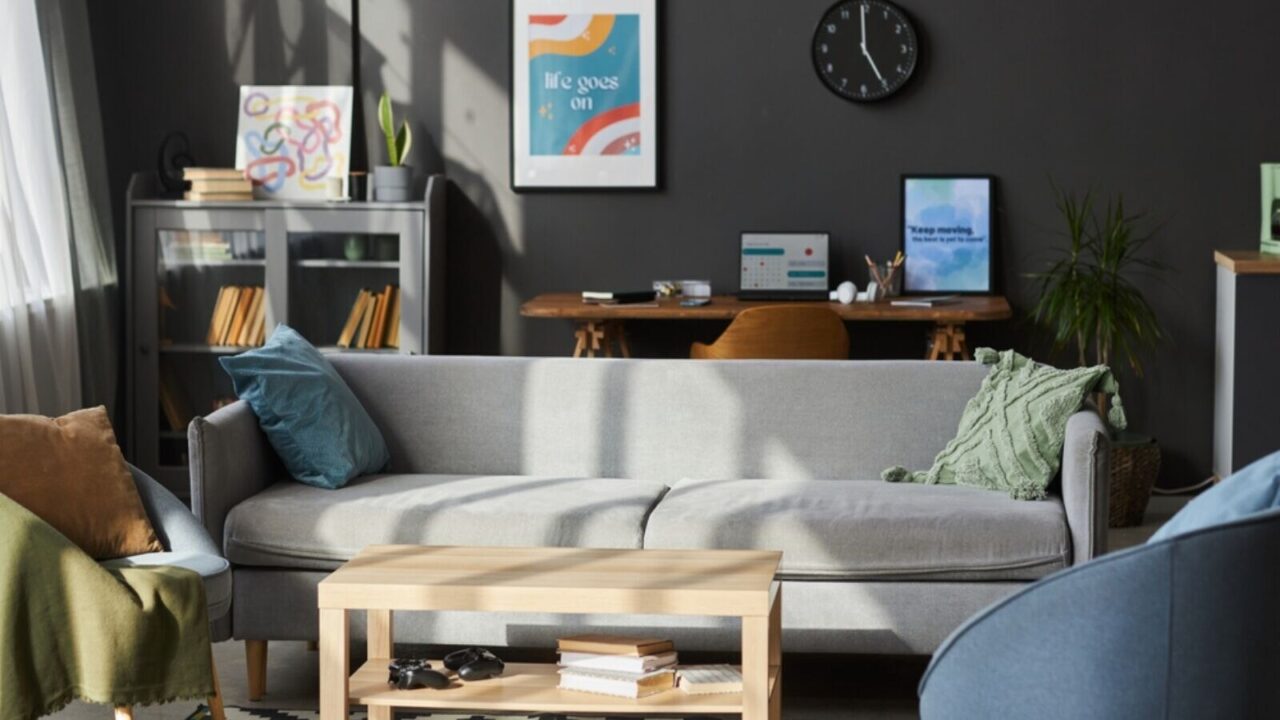
Invest in Clocks
Time management is a common struggle for individuals with ADHD. To improve focus and task management, place clocks in visible locations throughout your home.
These visual cues help track time more effectively and promote better time management. A simple clock can also remind you to take breaks, reducing the risk of burnout.

Baskets in Every room
To keep items from piling up, place baskets in every room. This makes it easier to quickly tidy up without having to search for proper storage at the moment.
At the end of the day, you can return everything to its rightful place in a more organized way. This habit helps prevent distractions caused by misplaced items.

White Boards
Tracking tasks on mobile phones can lead to distractions with notifications and apps. Instead, use whiteboards to list your daily to-dos.
Writing tasks on a visible board provides a sense of control, and crossing off completed items can boost motivation. This method keeps your task list front and center, promoting accountability and focus.
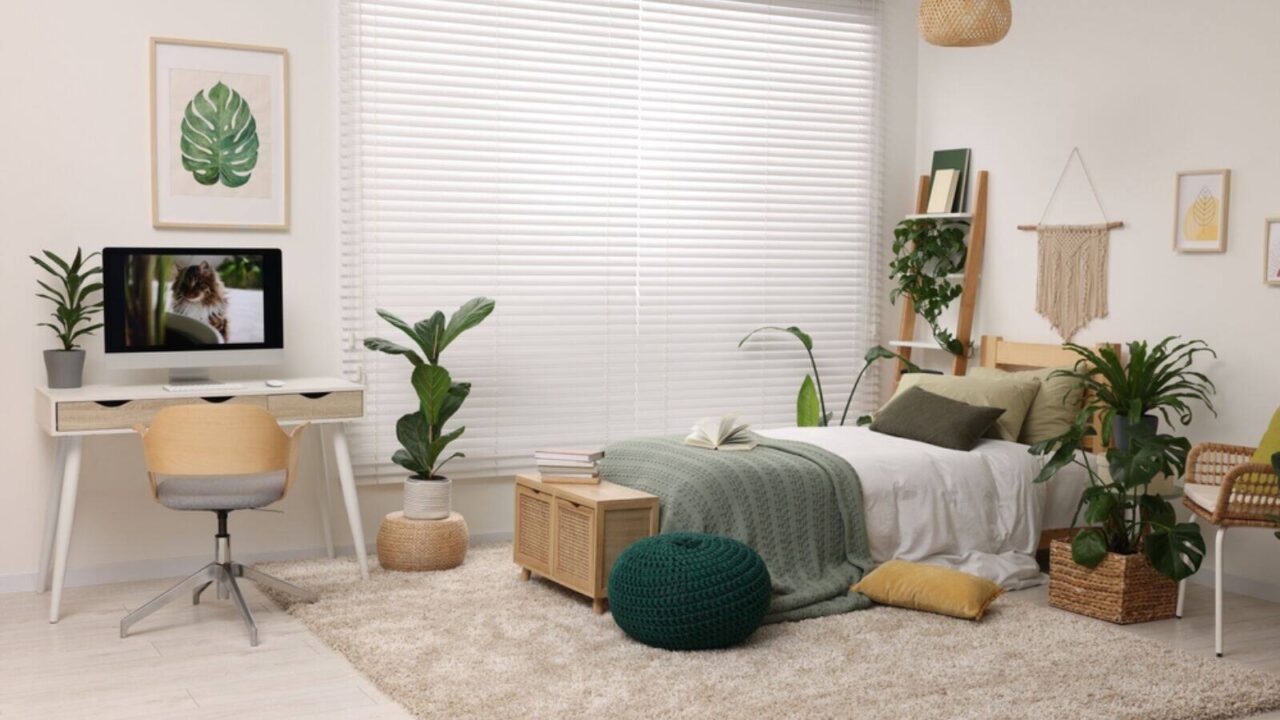
Functional Furniture
Invest in furniture that serves multiple purposes, reducing clutter and making organization easier. Ottomans with hidden storage or desks with built-in drawers help you maximize space.
Multi-functional furniture is ideal for ADHD-friendly spaces as it simplifies your environment and minimizes distractions. This setup encourages you to focus better on tasks without unnecessary clutter.
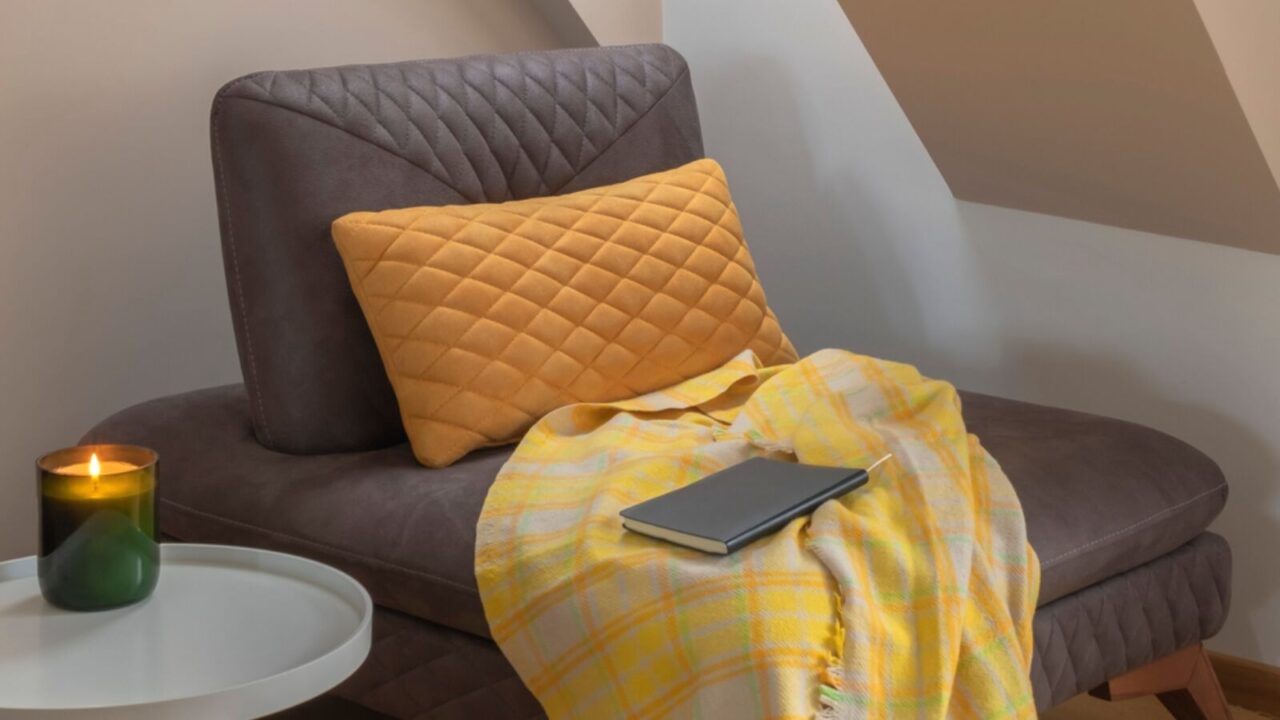
Quiet Corner
Every home should have a distraction-free zone where you can focus on tasks. Create a quiet corner where you can work without interruptions.
Consider adding a white noise machine to block out background noise and keep decorations minimal to avoid visual distractions. This calm area can help boost productivity and provide a space to unwind.
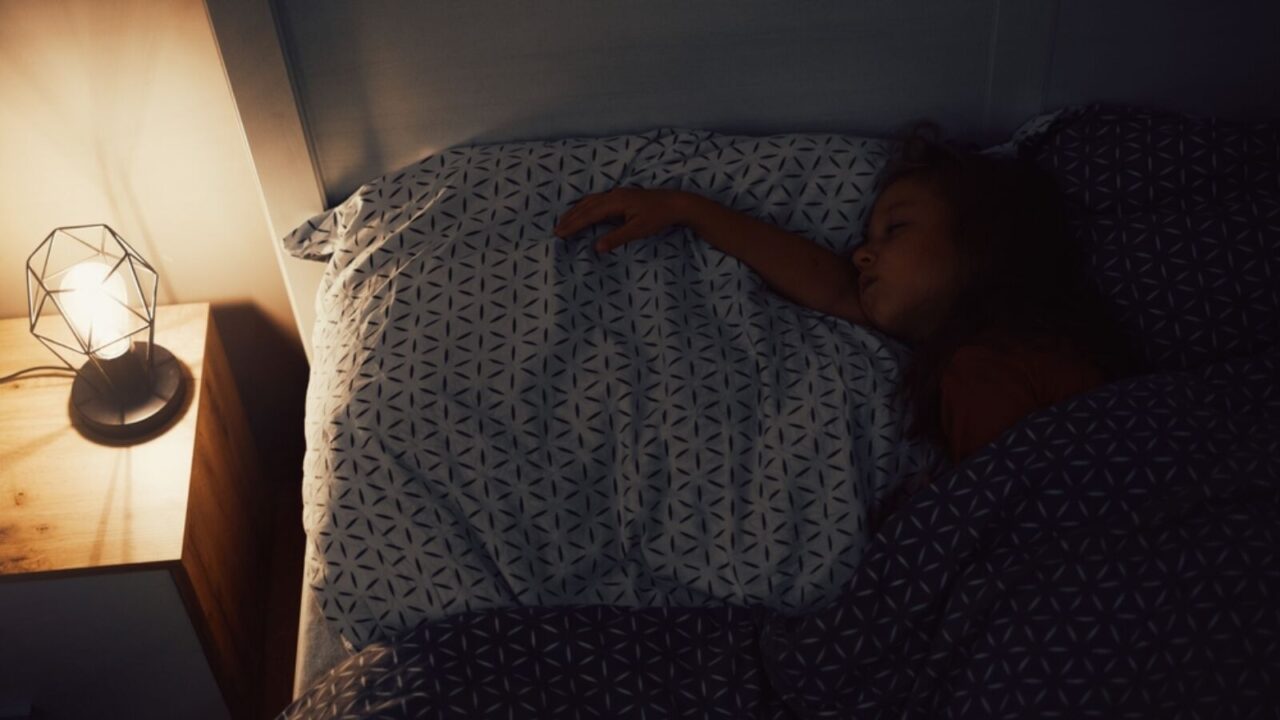
Flexible Lighting Options
Lighting plays a significant role in creating a conducive work environment. Use dimmable or adjustable lighting to match your mood and activity level.
Bright lighting can help improve focus during work, while softer lighting is perfect for relaxing. This flexibility helps regulate energy levels and reduces eye strain.
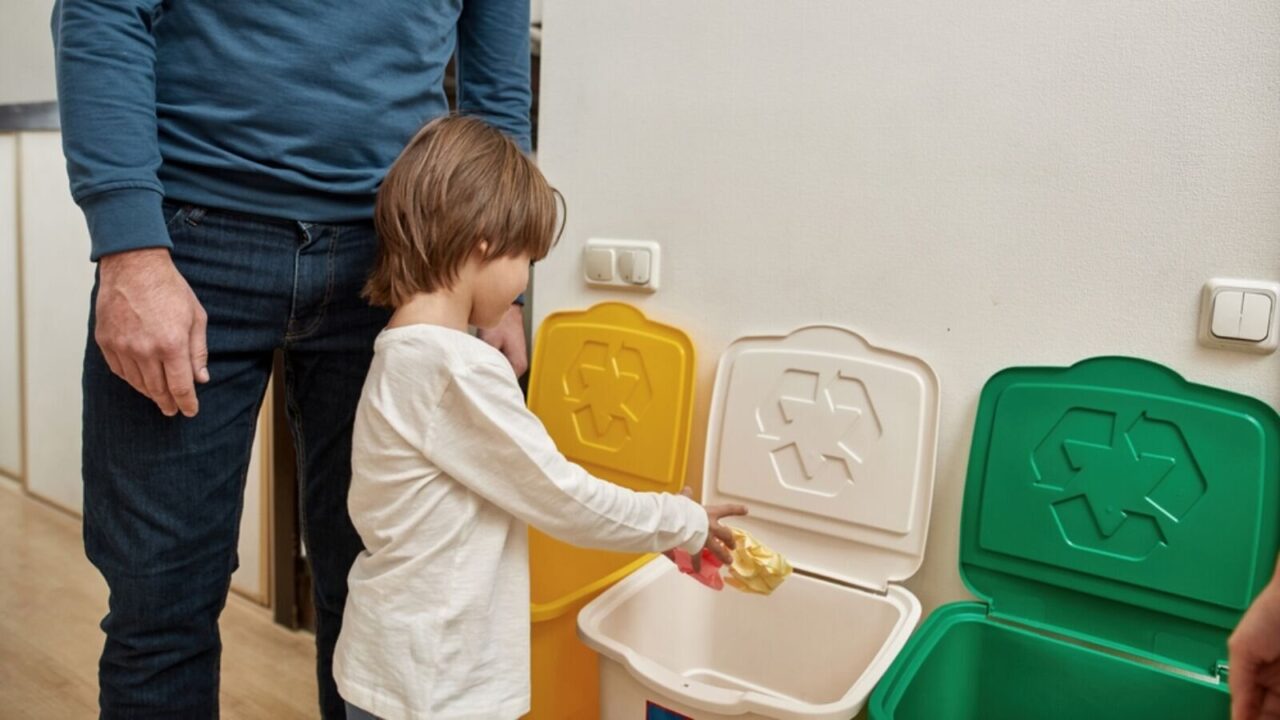
Trash Can in Every Room
Having a trash can in every room can reduce clutter by encouraging quick disposal of waste. For someone with ADHD, it’s easier to toss things immediately rather than letting garbage pile up.
This small addition prevents you from getting distracted by unnecessary clutter and keeps your space clean. Over time, it forms a helpful habit for maintaining a tidy environment.
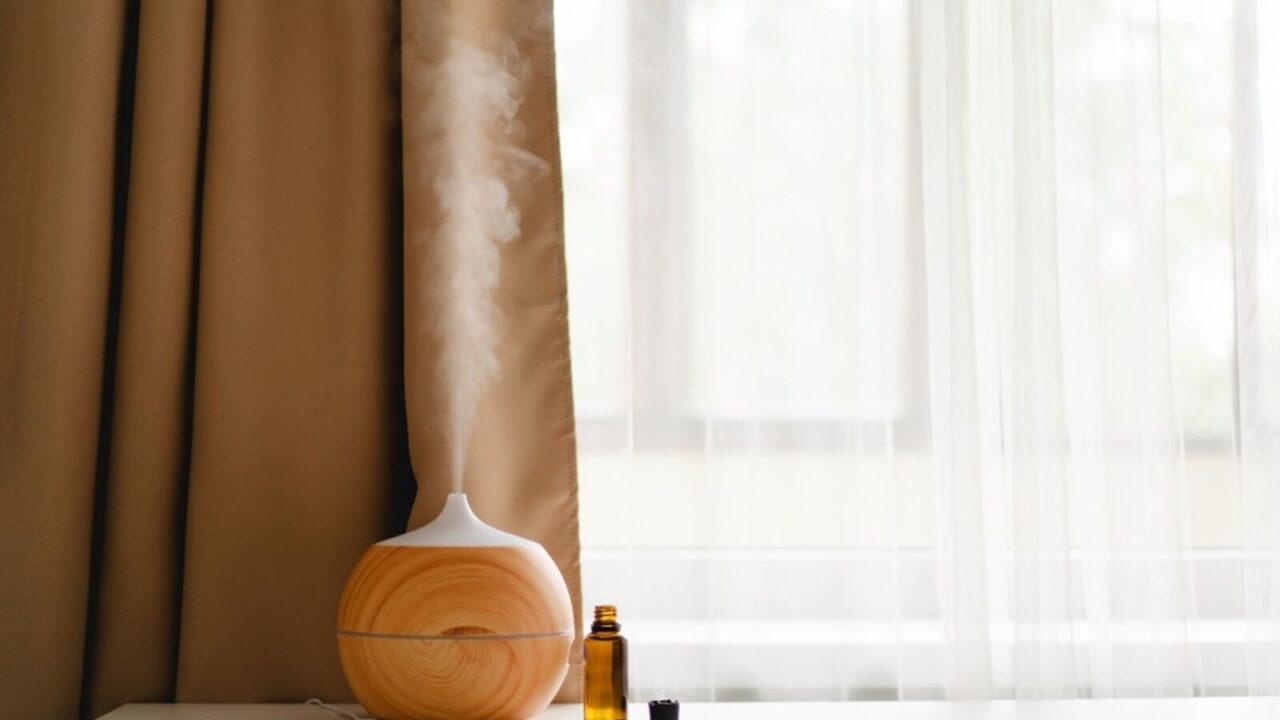
Scented Elements
Essential oils like vetiver, cedarwood, and lavender are known to promote relaxation and improve focus. Use diffusers to create a calming atmosphere in your home.
Scents can profoundly impact mood and cognitive function, helping manage ADHD symptoms. Incorporating these elements can also make your living space more pleasant and stress-free.

Light Therpay
Light therapy is beneficial for individuals with ADHD, especially when natural light is limited. Mimicking daylight with a light therapy box helps regulate the body’s internal clock, improving both mood and focus.
Incorporating this into your home can be an effective way to maintain a stable routine, especially during the darker months.

Personalize Space for Emotional Well-Being
An ADHD-friendly space should also reflect your personality. Incorporate artwork, travel mementos, or family photos that make you feel comfortable and at home.
Personalizing your space not only boosts relaxation but also creates a sense of belonging. A familiar environment can reduce anxiety and enhance emotional well-being.
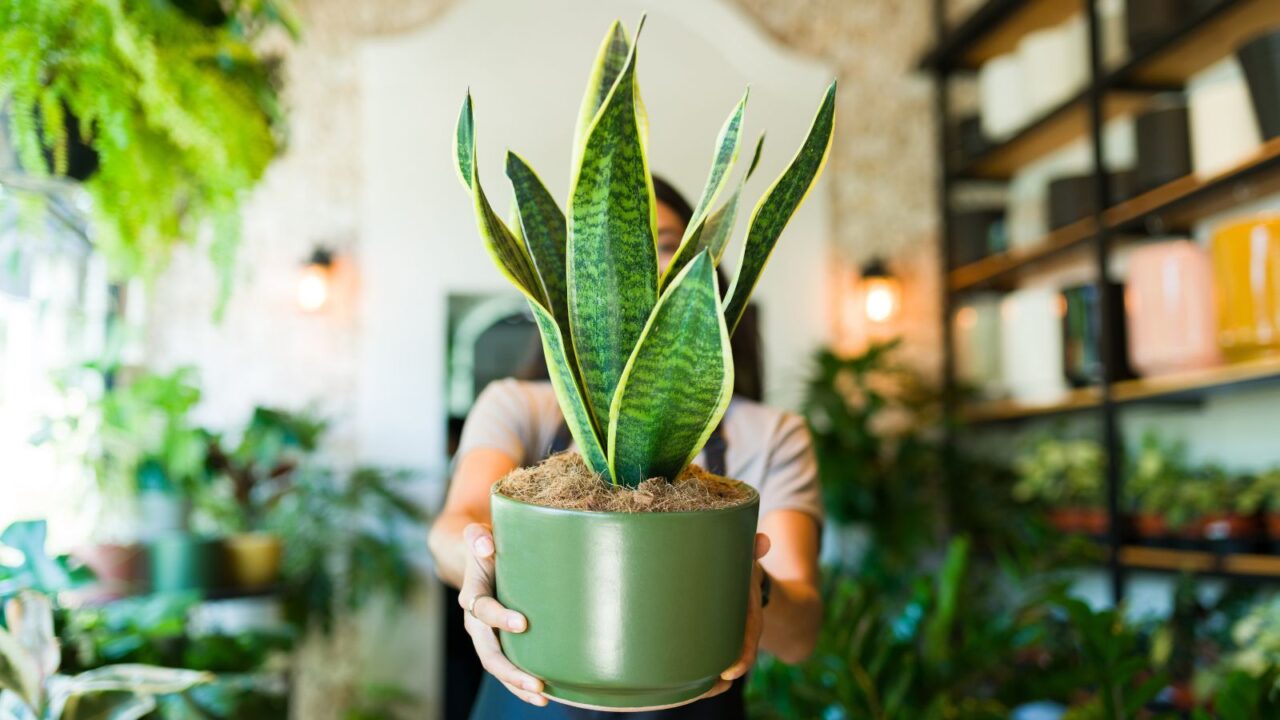
Low-Maintenance Greenery
Adding greenery to your space can boost your mood and improve air quality. Plants like succulents, snake plants, and pothos are low-maintenance and perfect for individuals with ADHD.
These plants don’t require constant attention, making them ideal for creating a calm, stress-free environment. If you want to transform your space with greenery that requires minimal effort, check out “Revitalize Your Bedroom With Easy-Care Plants” in this slide for more ideas.
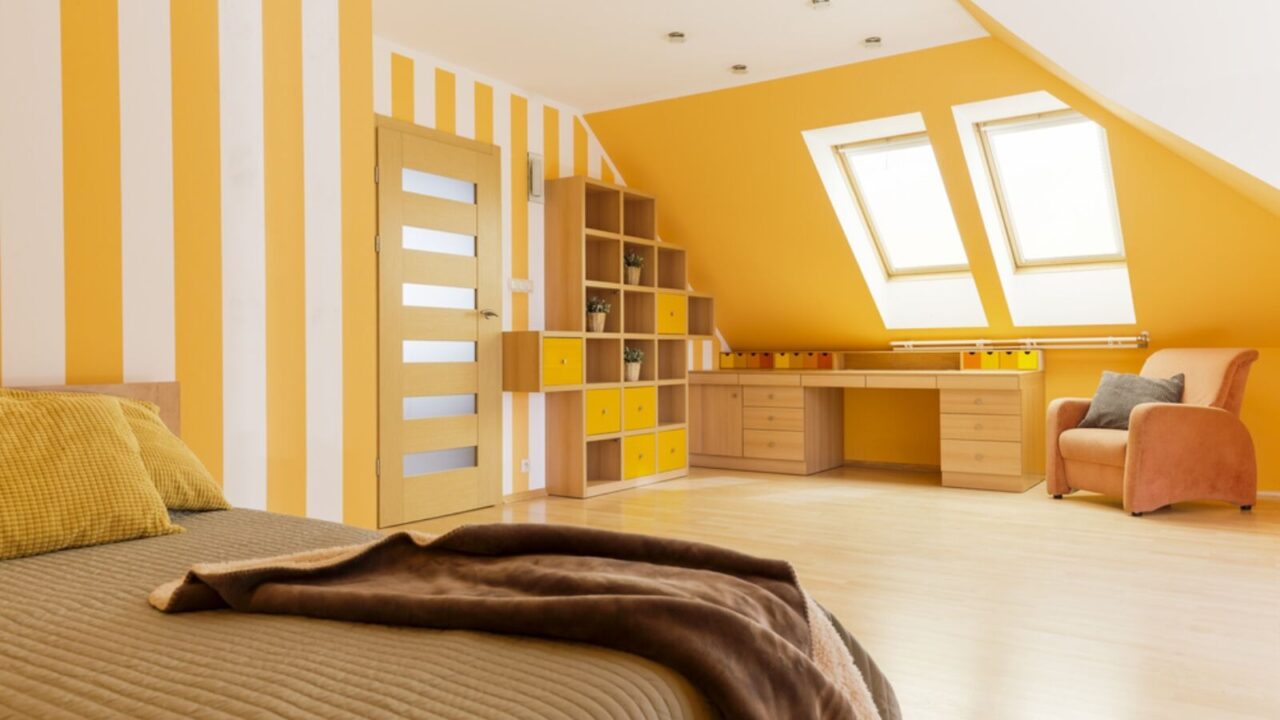
Bright Colors
Colors can greatly influence your mood and energy levels. Use bright, stimulating colors in spaces where you need to focus, like a home office. For example, yellow can promote happiness and energy, while green is calming.
Incorporating color into your home can create a more supportive environment for managing ADHD. If you want to explore how different colors affect your mood and overall home atmosphere, check out “The Impact of Color on Mood in Home Decor.”